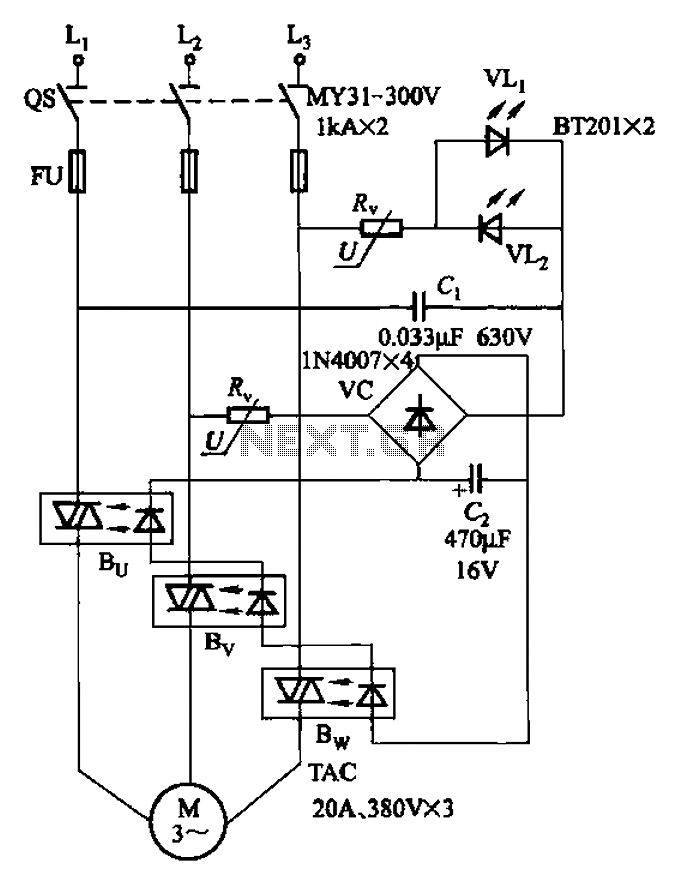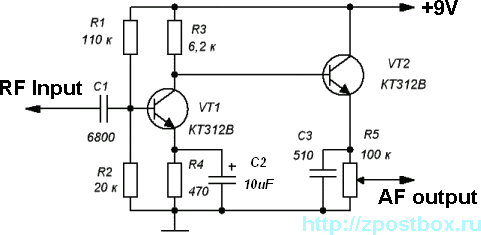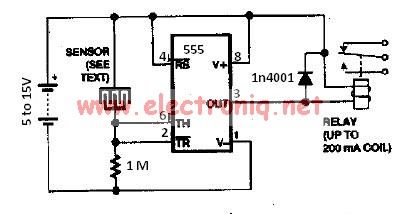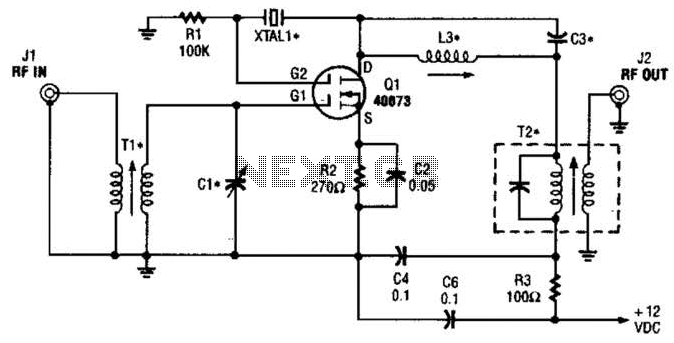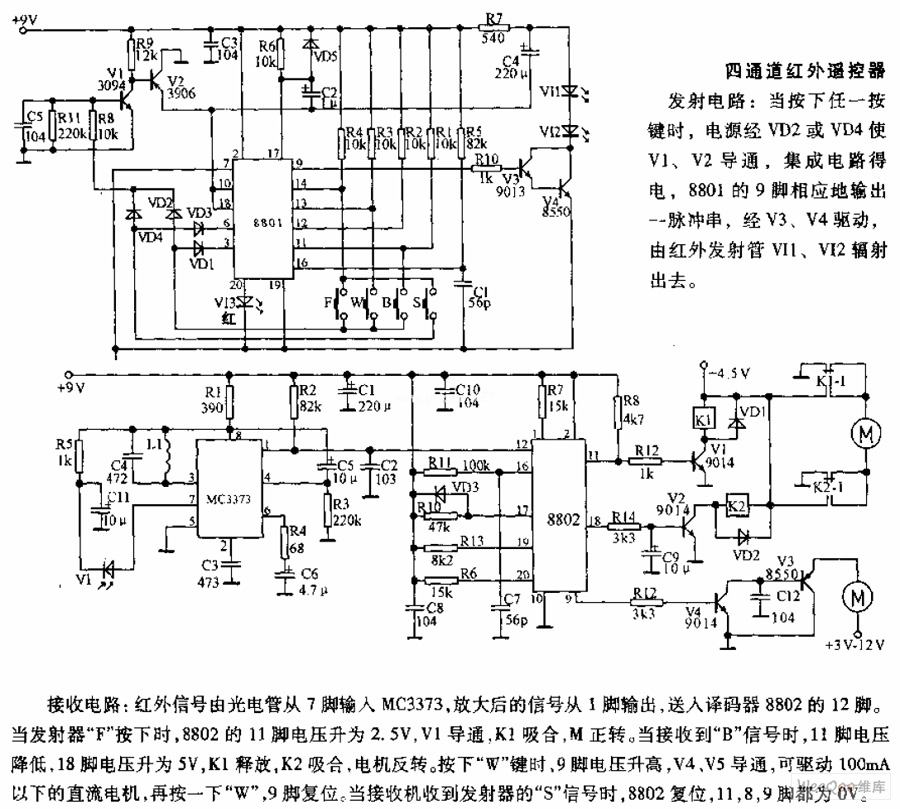
IC OCL power amplifier circuit
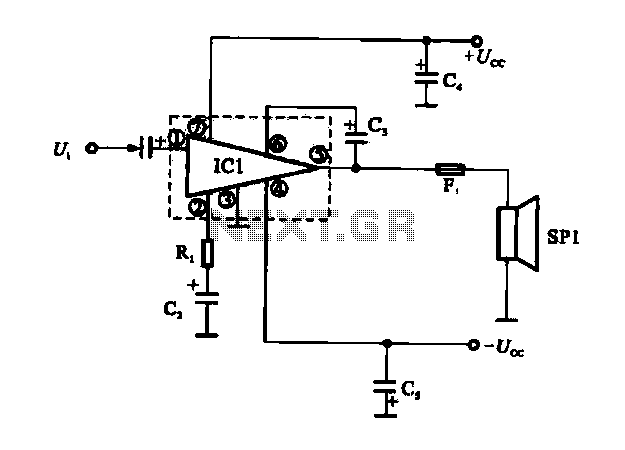
The OCL power amplifier circuit is an integrated circuit. Circuit IC1 is an integrated circuit, and its internal circuit configuration is substantially similar to the OTL power amplifier circuits.
The OCL (Output Capacitor-Less) power amplifier circuit is designed to provide high-quality audio amplification while eliminating the need for output coupling capacitors. This feature enhances the overall efficiency of the circuit, allowing for a more compact design with fewer components. The integrated circuit IC1 serves as the core of the amplifier, which typically includes multiple transistors configured to handle both the voltage and current requirements of the output stage.
The internal configuration of IC1 closely resembles that of OTL (Output Transformer-Less) power amplifier circuits, which also prioritize efficiency and sound quality. In OCL designs, the output stage is directly connected to the load (such as speakers) without the use of transformers, allowing for a wider frequency response and reduced distortion.
In the OCL configuration, the circuit may employ feedback mechanisms to stabilize gain and improve linearity. The biasing of the transistors is crucial, as it determines the operating point and can significantly impact the performance characteristics of the amplifier, such as thermal stability and distortion levels.
The power supply requirements for an OCL amplifier typically involve a dual power supply, providing both positive and negative voltages to accommodate the AC signal swing. Careful attention must be paid to the power supply decoupling to minimize noise and ensure stable operation.
Overall, the OCL power amplifier circuit is a sophisticated solution for audio amplification, combining the benefits of integrated circuit technology with the high performance of advanced amplifier design principles.FIG OCL power amplifier circuit is an integrated circuit. Circuit IC1 is an integrated circuit, its internal circuit configuration is substantially similar to the integrated ci rcuit OTL power amplifier circuits.
The OCL (Output Capacitor-Less) power amplifier circuit is designed to provide high-quality audio amplification while eliminating the need for output coupling capacitors. This feature enhances the overall efficiency of the circuit, allowing for a more compact design with fewer components. The integrated circuit IC1 serves as the core of the amplifier, which typically includes multiple transistors configured to handle both the voltage and current requirements of the output stage.
The internal configuration of IC1 closely resembles that of OTL (Output Transformer-Less) power amplifier circuits, which also prioritize efficiency and sound quality. In OCL designs, the output stage is directly connected to the load (such as speakers) without the use of transformers, allowing for a wider frequency response and reduced distortion.
In the OCL configuration, the circuit may employ feedback mechanisms to stabilize gain and improve linearity. The biasing of the transistors is crucial, as it determines the operating point and can significantly impact the performance characteristics of the amplifier, such as thermal stability and distortion levels.
The power supply requirements for an OCL amplifier typically involve a dual power supply, providing both positive and negative voltages to accommodate the AC signal swing. Careful attention must be paid to the power supply decoupling to minimize noise and ensure stable operation.
Overall, the OCL power amplifier circuit is a sophisticated solution for audio amplification, combining the benefits of integrated circuit technology with the high performance of advanced amplifier design principles.FIG OCL power amplifier circuit is an integrated circuit. Circuit IC1 is an integrated circuit, its internal circuit configuration is substantially similar to the integrated ci rcuit OTL power amplifier circuits.
